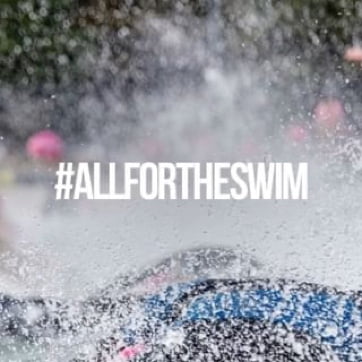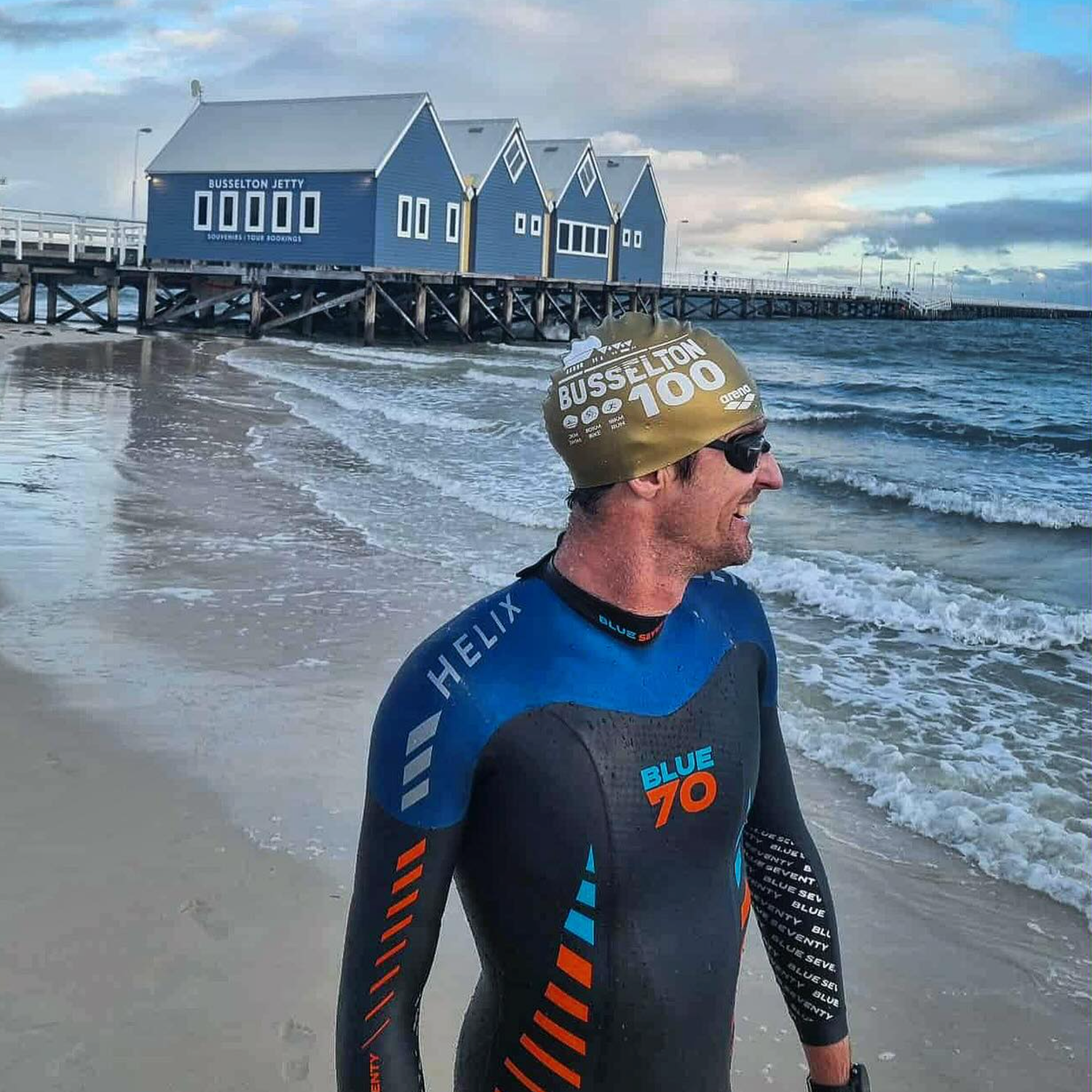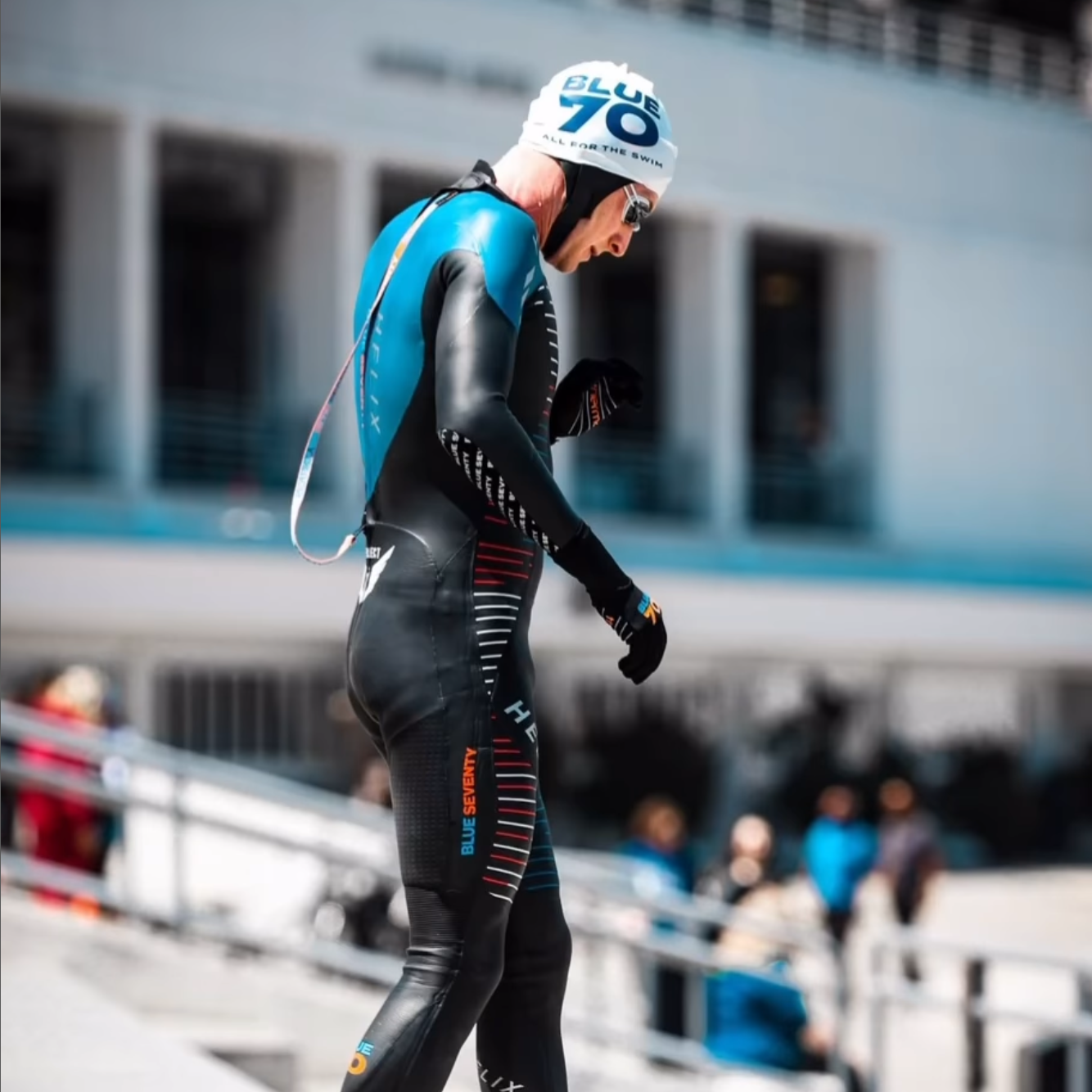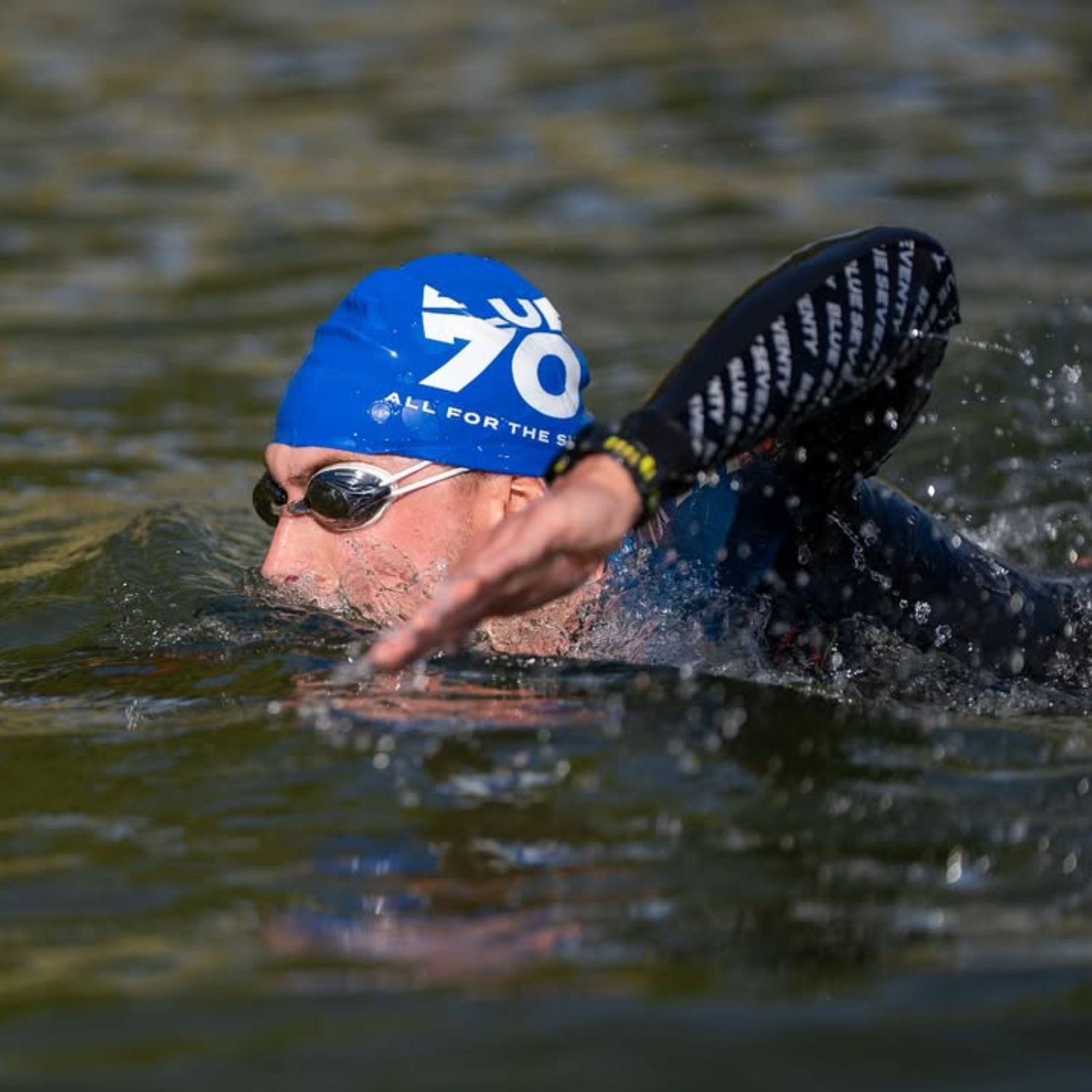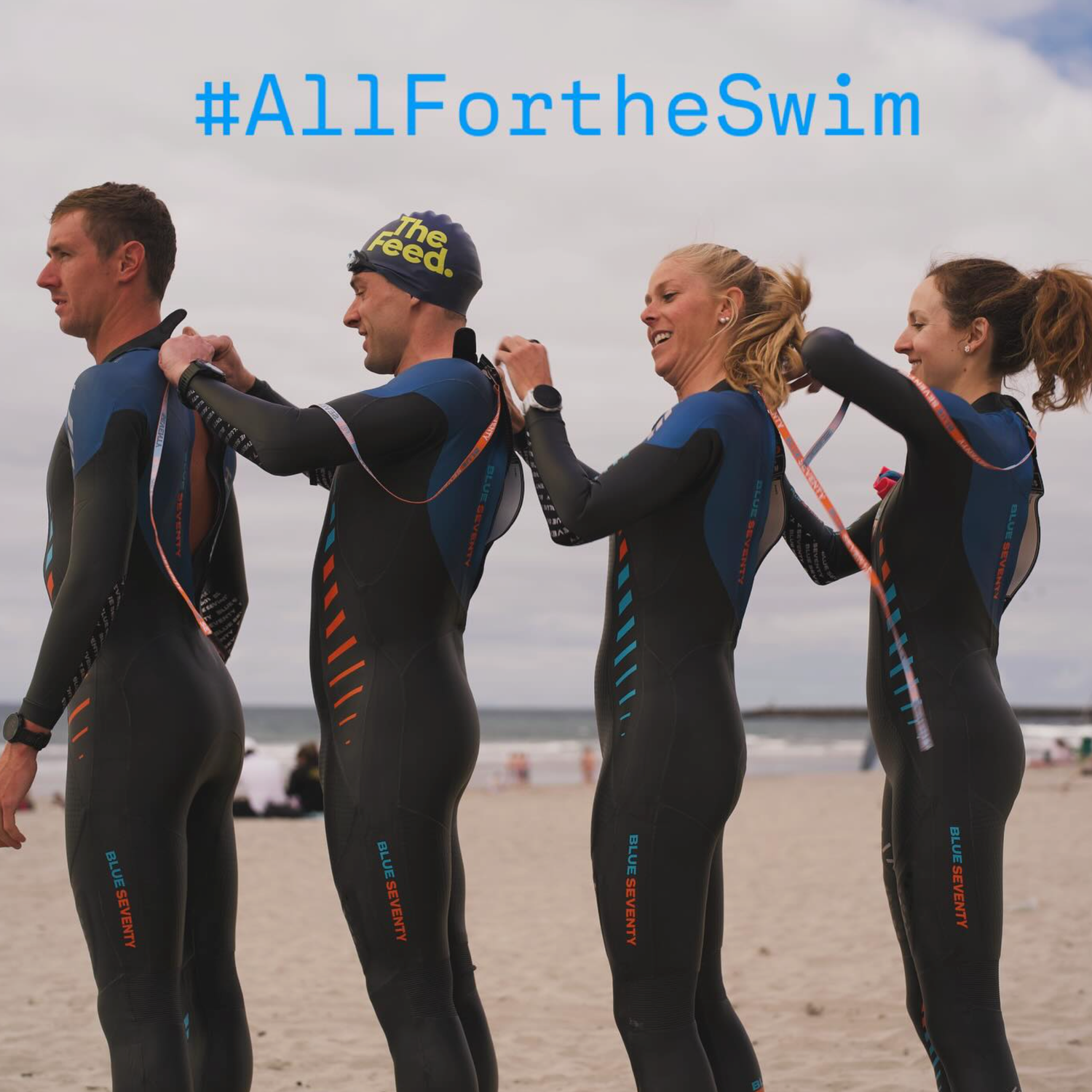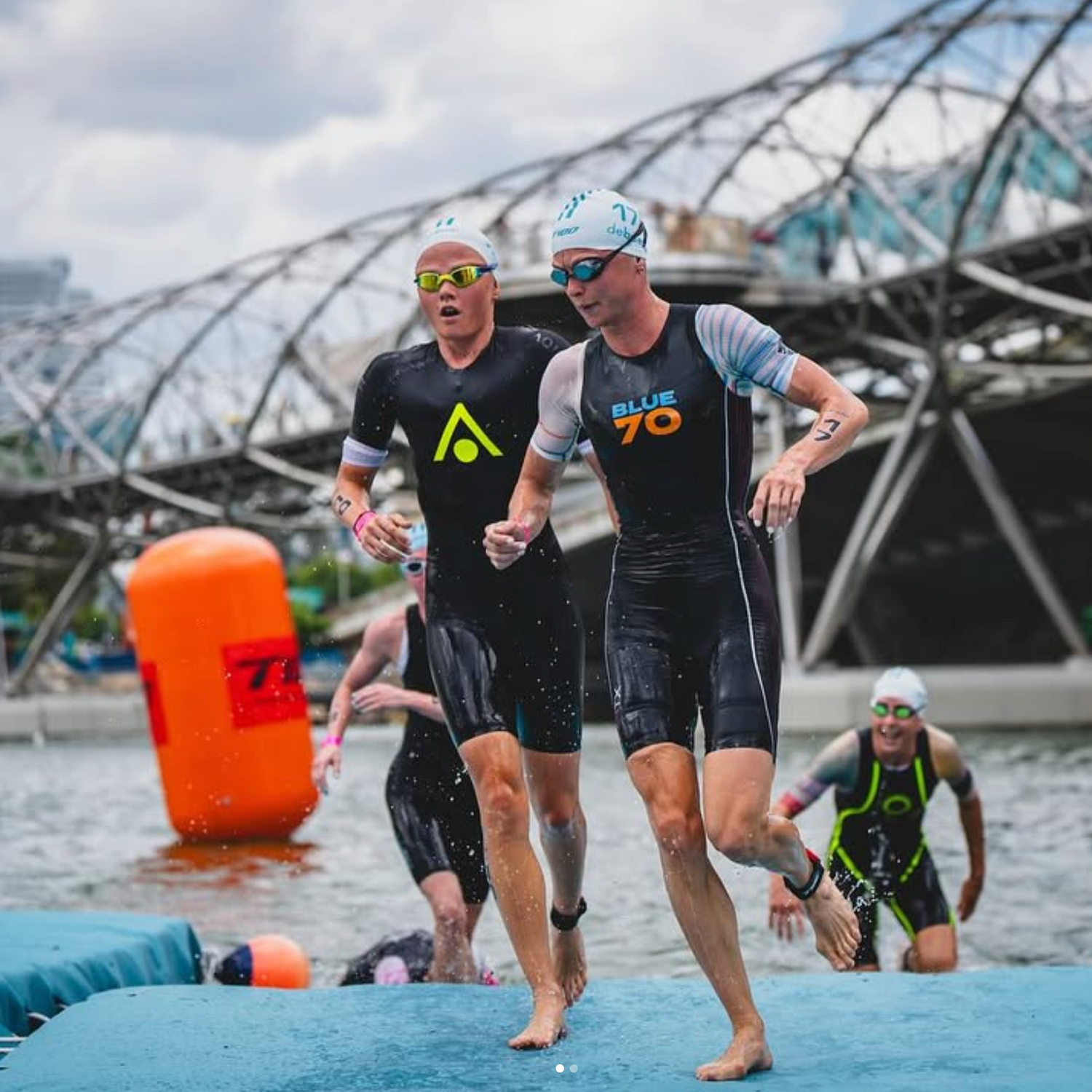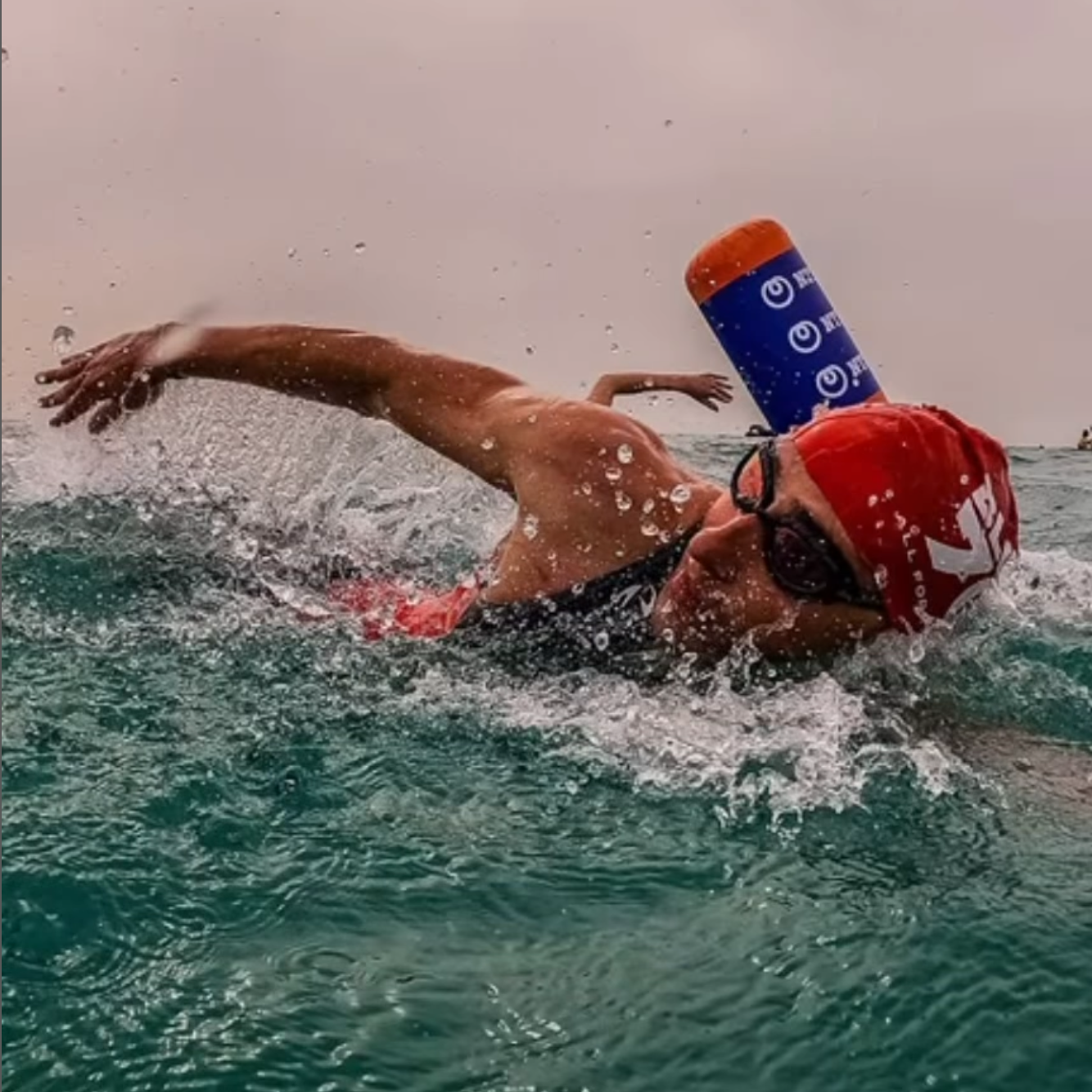On Designing the New Helix
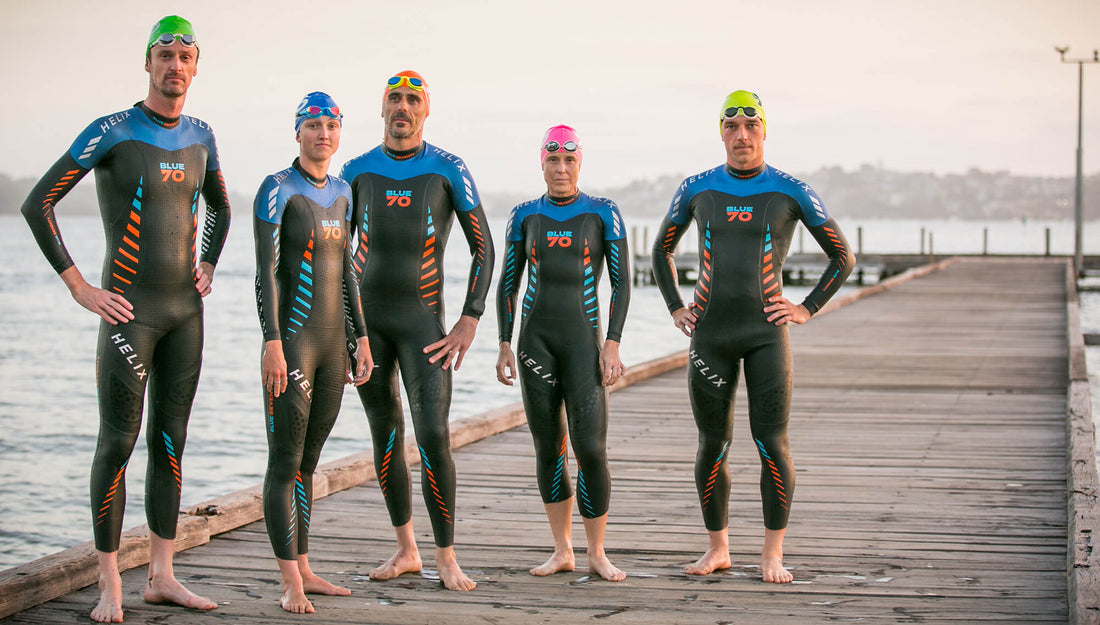
What is the process like redesigning a best-selling product like the Helix?
I took over designing Blueseventy wetsuits in 2019 and with the Helix the main thing I focused on was, “Not screwing it up.” When you have an ultra-high performing suit like the Helix, whatever you do, you don’t experiment with something that might detract from the wetsuit’s performance.

Is it harder than bringing a new product to life due to expectations of performance?
How long did it take the team to build the new Helix?
We typically begin working on the next model not long after the current model is released. We released a Helix in early 2021. Reaction and Sprint wetsuits were in the works for 2022, so work on the next Helix began once those were released. All in all, from start to finish it was about two years.
What was the biggest hurdle in the redesign?
The biggest hurdle in design is the vast amount of time it takes to receive a sample, swim in the suit for testing, having others swim in the suit for testing/feedback, getting a revised sample made based on feedback, etc. That process takes many months and is quite expensive.
Another hurdle is how to improve a suit that is already so highly regarded. How do you make great even better? For example, when aiming to improve performance I focus on two primary aspects of swimming fundamentals: increasing Distance per Stroke (DPS) and enabling a higher Stroke Rate (SR). Afterall, swimming speed is merely DPS multiplied by the SR. There is also of course, the issue of overcoming drag, which will lend to a longer DPS. We know that there is less drag if your body sits higher in the water, basically a more buoyant suit.

We had seen good improvement in this with the addition of the LIFT panels to the 2018 Helix, and my thought was that if they were positioned on the front of the leg instead, they may add even more lift. To test this, I took a pair of our LIFT Shorts, which use the same LIFT panels as the Helix, and wore them backwards for a few swims. While they were not comfortable to wear backwards, the results were undeniable. I swam faster. So, I knew moving those panels to the front of the Helix would be a success in the new Helix. Not coincidentally, the new LIFT Shorts also feature those same LIFT panels, now on the front of the leg to provide greater buoyancy.
We’re there any unexpected wins? Or surprises?
I have been most impressed at how well all the changes in the 2024 Helix work together to create an unparalleled swim experience. The improved rotation at the hips from 2021 along with an increased area of the Torsional Stretch Technology or TST (which is easily identified by the blue neoprene) and the new one-piece shoulder design in 2024 work together to create a wetsuit that feels like swimming without a wetsuit. The ease of shoulder movement and increase of range of motion contribute to a higher stroke rate which paired with the increased rotation contribute to more distance per stroke. Together they create more speed. Paired with the increased buoyancy from the new placement of the LIFT Panels and we now have the fastest Helix we’ve ever made. It's very exciting.

How many iterations did it take before you decided on the final version?
The 2021 Helix had two rounds of samples and the 2024 Helix had another 3 rounds of samples/testing. Additionally, some of the aspects in the 2024 Helix were tested on the Reaction, such as the new neck which is more of an oval than circle fit. Tightness at the neck is the #1 thing people new to swim specific wetsuits complain about. What I determined is that it’s specifically at the sides of the neck where the Sternocleidomastoid muscles are located that people feel the tightness, so my idea was to make the suit fit wider here. Our neck collars were a consistent 20mm in height and I took the sides of the collar down to 13mm which creates more an oval shape for the overall neck opening and makes the suit more comfortable in the neck. We put this neck in the Reaction in 2022 and it was an immediate improvement. Having that success made it easier to include in the 2024 Helix without the worry of “screwing it up.”
Are there any new wetsuit technologies or innovations that weren’t around for previous models?
I would say it’s been more about taking existing technologies and innovations and applying them in unique ways, such as moving the LIFT Panels from the rear of the upper leg to the front of the upper leg. Expanding the surface area of the TST. We know that a wetsuit becomes stiffer at the seams compared to a larger, seamless piece of neoprene, which is why we created the one-piece shoulder panel. We also tested this technology in the Reaction a few years ago and it made drastic improvements to the flexibility of that suit. And now the 2024 Helix is the first version of the Helix to have it.
What is your favorite addition to the new Helix?
My favorite addition recently has been the change of paneling to remove buoyancy around the hip bone. Once you feel the difference swimming in that versus a wetsuit which “blocks” your rotation, it’s hard to swim in anything else. That was in 2021. For the 2024 Helix the seamless shoulder is my favorite change as it really improves both distance per stroke and stroke rate to make an impact on your overall swim speed.

Why should people choose this wetsuit over competitors?
This may sound contrary or even unbelievable, but as a designer I do not focus on what other wetsuit companies are doing with their wetsuits. I concentrate on how Blueseventy can make the products we develop even better. I view it as we are competing with ourselves.
Ultimately, I think the best way to choose a wetsuit when deciding between various brands is to swim in the suit. I’d be wary of any brand that did not allow you to swim in the suit and still return it. Taking the wetsuit out in the water will tell a person more than any amount of marketing ever could. We’ve also been very fortunate to have a number of professional triathletes turn down paid agreements from other wetsuit brands to swim in their suits because they feel the Helix makes them a faster swimmer. That speaks well to the performance of our Helix.
What’s next for your team and Blueseventy?
We’re always working to find ways to improve our products, but also our business practices and footprint. We’re a small team at Blueseventy, but our latest goals have been assessing and improving our plastic waste. Plastic in the oceans and waters is a huge issue on our planet and as passionate swimmers we’re working to reduce the plastic we rely on by removing plastic packaging on products where we can and finding ways to limit our reliance on plastic, such as using compostable shipping bags. We’ve also recently partnered with a company, Suga, that takes old or damaged wetsuits and recycles them into yoga mats, so we can reduce the number of our products that end up in a landfill eventually.
This interview was featured in The Tempo News. If you want the latest triathlon news and incredible training tips, sign up for the newsletter today!


